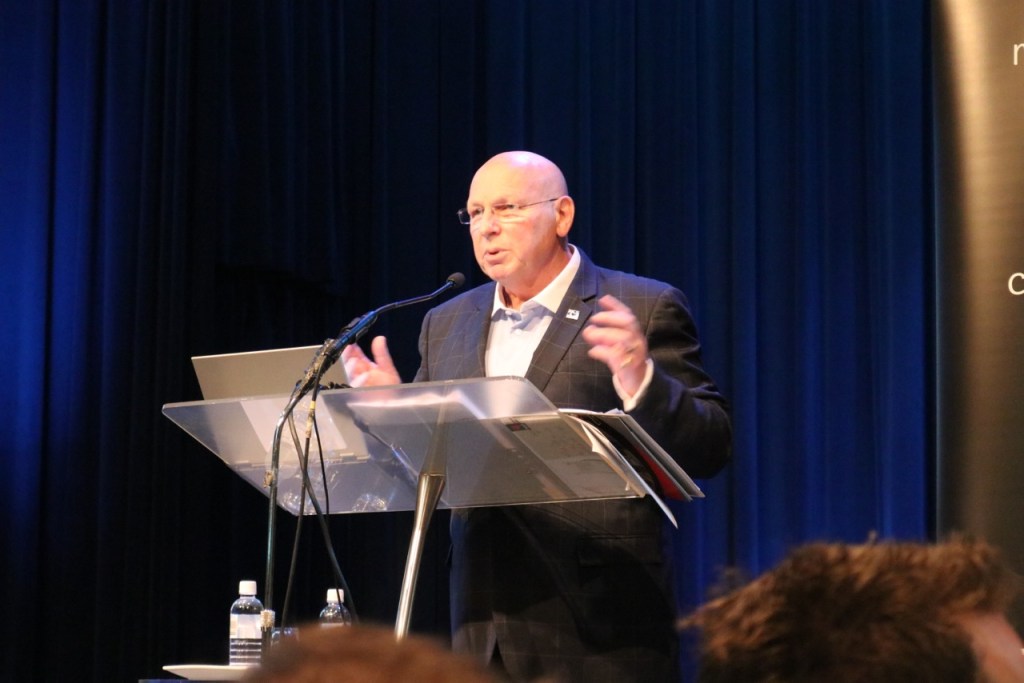
Growth in the convenience sector has statistically outstripped packaged grocery for the fifth year running, with a massive 4.5 per cent increase in overall sales value in 2016.
The now $8.3 billion dollar convenience industry, as highlighted by the Australasian Association of Convenience Stores at the recent launch of the 2016 State of the Industry Report, has outpaced grocery’s growth of 1.2 per cent in value, now worth up to $59.9 billion in sales in Australia.
AACS CEO Jeff Rogut said the strong results are a testament to the industry’s focus on innovation.
“The short and long term outlook for the convenience industry in Australia is undeniably positive and the 2016 results underline the value proposition of convenience stores in the Australian retail landscape,” he said.
“Ensuring a customer-first approach that optimises the performance of stand-out categories such as food, coffee and beverages will underpin a bright future for the convenience channel.
“Nevertheless, the continuing evolution of retail generally necessitates an unwavering focus from our retailers and suppliers to continue to evolve their offering to meet customers’ needs. The good news is that our operators are eager to embrace this challenge.
“And it’s clear for customers to see. Consumers who engage with convenience stores each day will have noticed the changes to the in-store environment that have taken place over the last five years.”
Food showed outstanding growth, accounting for 44 per cent of convenience sales by unit in 2016, with still more impressive value growth of 59 per cent.
Mr Rogut said a progressive food offering is the future of the industry in Australia especially with young people taking a flexible approach to when and where they purchase food.
“Convenience stores are increasingly capitalising on important growth categories like On the Go Food and fresh coffee, continuously elevating the quality, variety and freshness of the food offer. Some stores are even adopting a café aesthetic and ambience to drive further growth of non-fuel specific customer visits,” he said.
The ‘On-The-Go’ food sector was also a major source of growth, jumping to 18.5 per cent, up from 13 per cent in 2015 and 3 per cent in 2014.
Based on contributors to the AACS report, fuel sales volumes grew by 5.9 per cent in 2016 but showed a year-on-year drop of 9.2 per cent.
Mr Rogut said fuel is category where it is difficult to be innovative, thus opening a clear path for new ideas and direction.
“For instance, the 7-Eleven app launched last year, which allows customers to lock in a fuel price for up to seven days, reportedly saved motorists over $1 million on fuel purchases, while encouraging loyalty and driving additional in-store purchases,” he said.
Tobacco continued to be a robust sector within the convenience industry, contributing to around 38 per cent of store sales.
“Continued, albeit milder, growth in the value of tobacco sales again shines the spotlight on the ineffectiveness of policy around the sale of legal tobacco,” Mr Rogut said.
“Interestingly, while tobacco price boards play an increasingly integral role, 85% of convenience shoppers still choose their preferred brand, despite tax hikes and plain packaging legislation”.
“It is baffling that e-cigarettes – products shown globally to be highly effective in helping people quit smoking – should continue to be unable to be legally sold in Australia.
“While legal tobacco remains a key category for convenience stores, to be able to offer smokers a safer alternative makes considerable economic and health sense.
“Clearly, it’s time for Government to consider the unintended consequences of existing tobacco legislation.”

